Archigram’s projects were rather “paper” projects, reflecting or maybe being a reaction of the group’s members to the moods, movements and trends of that time. They were not actualized (just like, for instance Le Corbusier’s Plan Voisin) and so remained only as somewhat crazy fantasies on the pages of Archigram magazine. Nevertheless, this fact does not make the works themselves less influential, on a contrary they can be recognized – especially nowdays – as futuristic literature of architecture, whose – conscious or unconscious – predictions came true (just like manned lunar landing in Jules Verne’s From The Earth To The Moon or invention of earbuds, foretold by Ray Bradbury in his Fahrenheit 451). Such analogy comes to mind since the group, if not directly inspired/influenced, certainly predicted occurrence of ideas and things – both architectural and non-architectural – like Britain’s Halley VI (the world’s first relocatable polar research station), Richard Rogers and Renzo Piano’s Centre Georges Pompidou in Paris, Will Alsop’s Peckham Library in south London and maybe even Beatles album covers designs!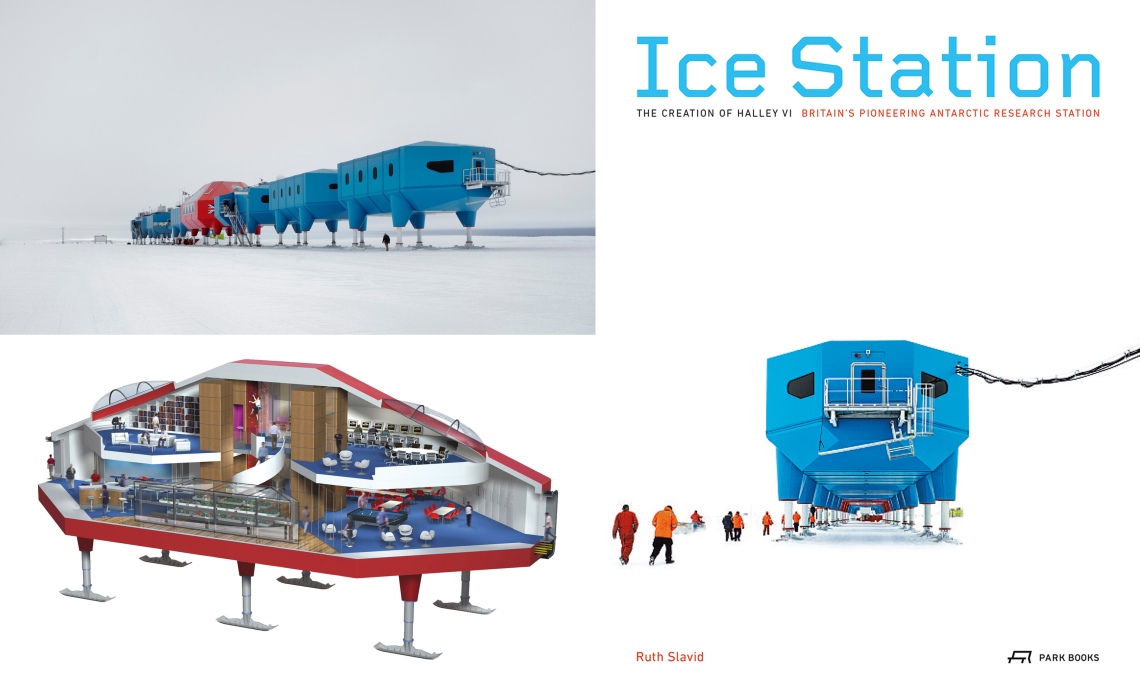

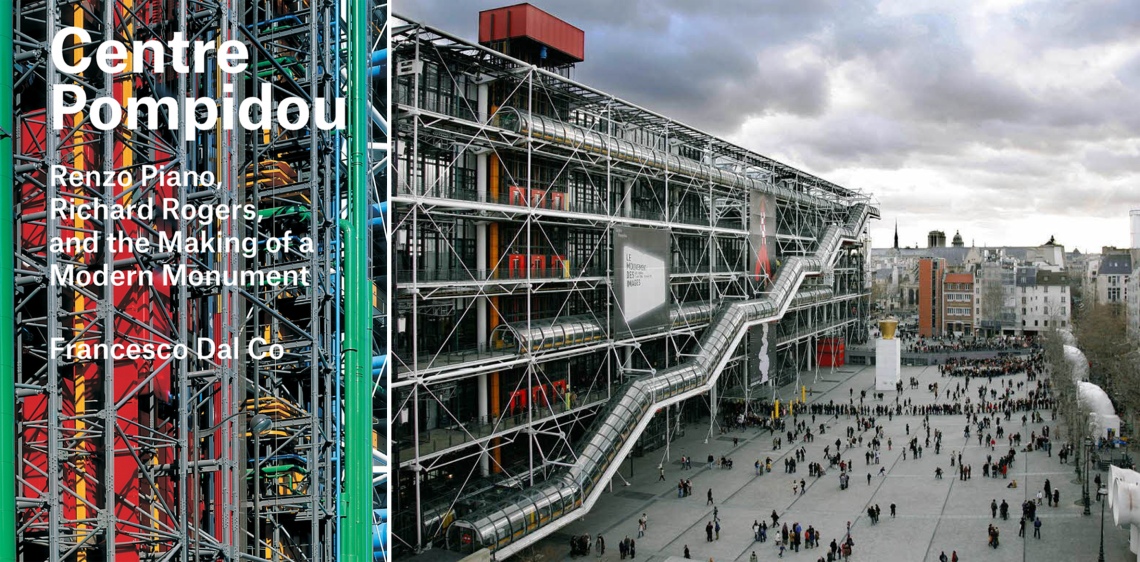
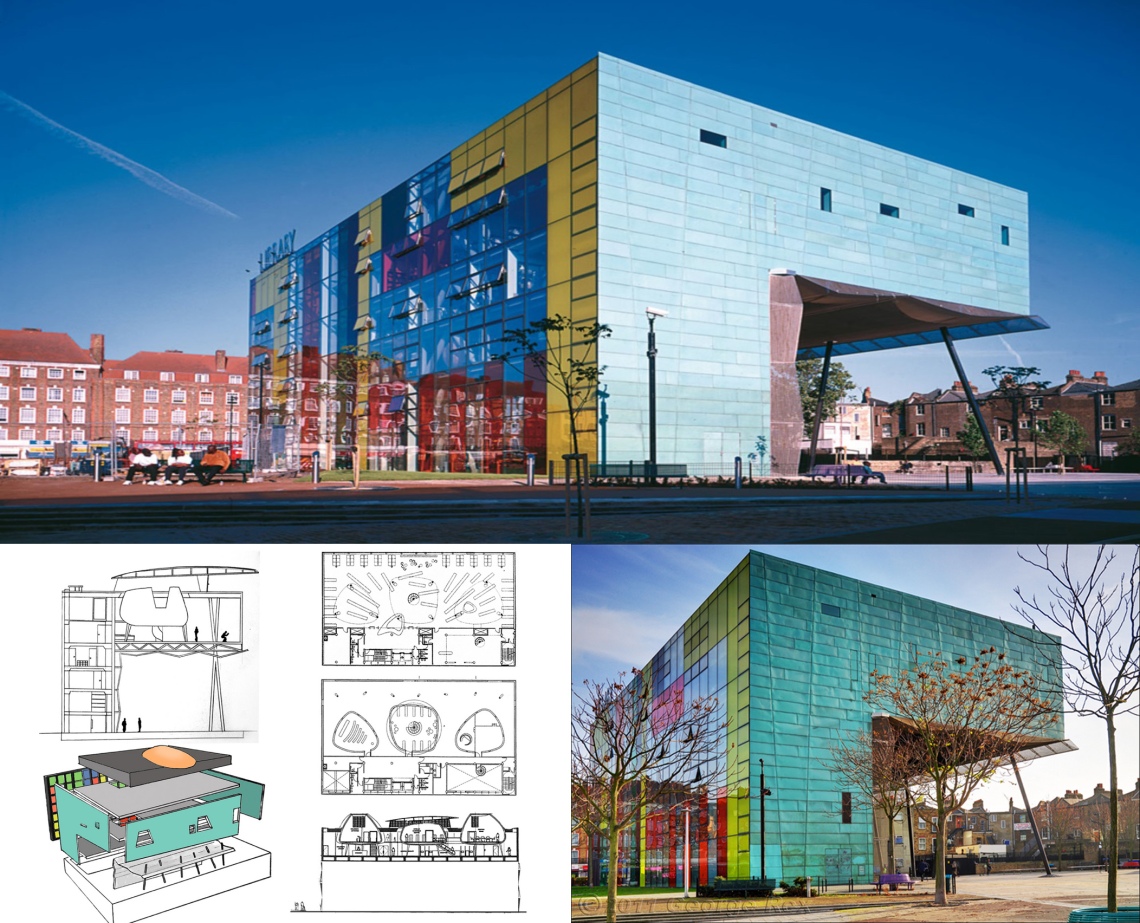
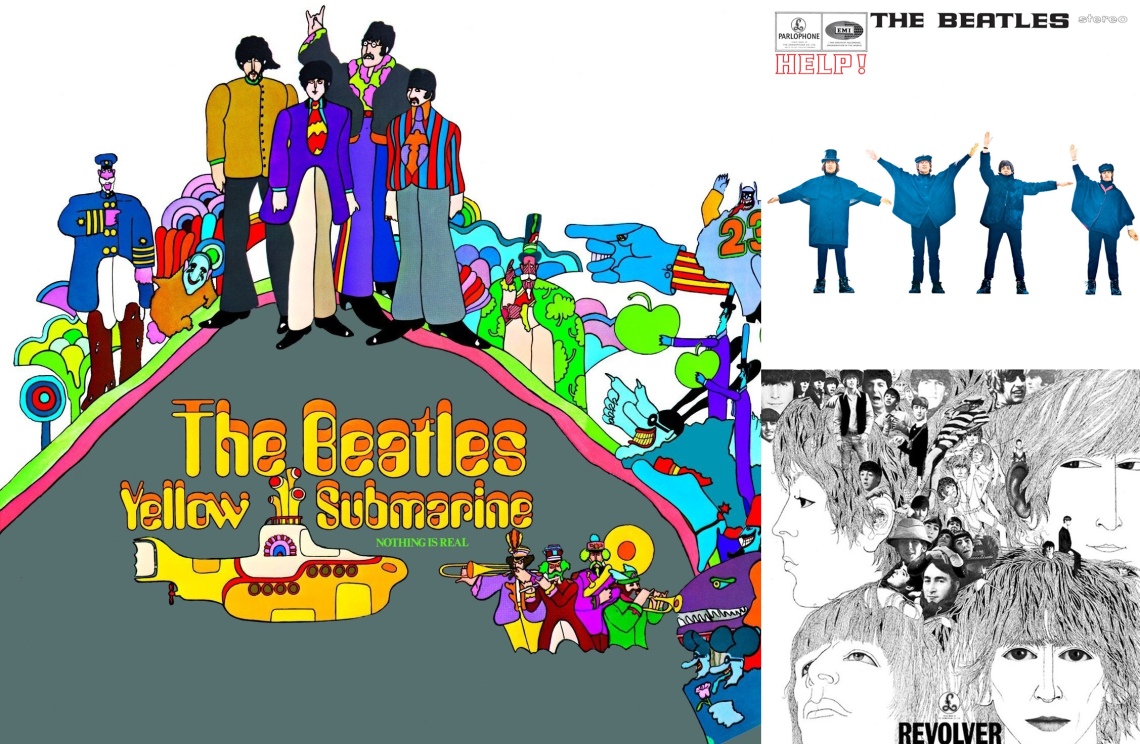
Cushicle and Suitaloon in particular, falling under the case of movable/transportable house, they can be seen in inflatable bubble house (sold here and there), sleeping capsules popular in Japan, zorbing ball, pop up furniture, children’s bouncy castles on fairs, or even street coffee trucks/vans, all known to us today.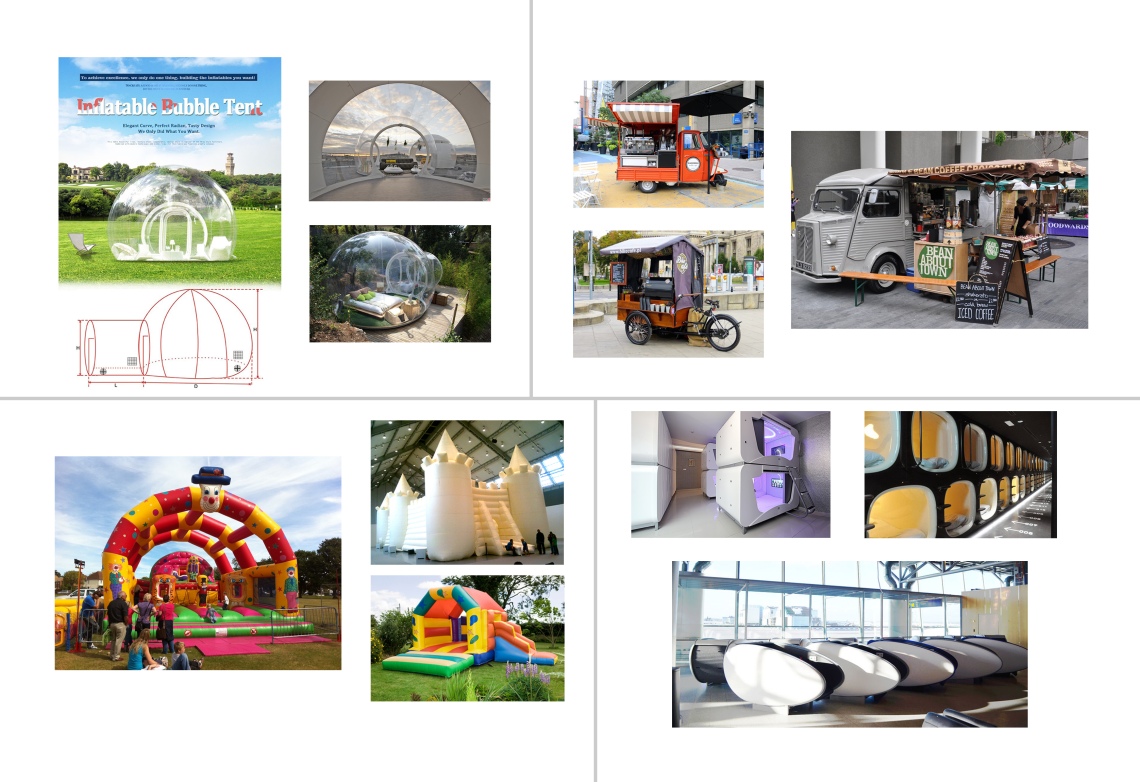

Despite Cushicle and Suitaloon’s seeming innovation, some movable or/and expanding dwellings existed, and existed for quite a long time already, by the time this two were created: traveling tent, traveling circus, trailer (house on wheels), sleeping bag, etc.

However, saying that the group found inspiration in past would be totally wrong. Influence came rather from current environment: in the counterculture of the late ’60s and early ’70s, young architects increasingly turned to “soft” architecture (inflatables especially) as a way to protest against the hardness and uncompromising forms of modernism. Similarly to Archigram, other radical architecture collectives and solo architects were exploring and shaping this new point of view on architecture: Reyner Banham wrote an article A House is Not a Home illustrated by Francois Dallegret, pretty much explaining the ideas behind Cushicle and Suitaloon ( “When your house contains such a complex of piping, flues, ducts, wires, lights, inlets, outlets, ovens, sinks, refuse disposers, hi-fi reverberators, antennae, conduits, freezers, heaters – when it contains so many services that the hardware could stand up by itself without any assistance from the house, why have a house to hold it up?”/ “The two ideas behind this are to give everyone a standard of living package containing all the necessities of modern life (shelter, food, energy, television) and to do away with all the permanent structures of building, and men would not be constrained by past settlements.”); Ant Farm issued the Inflatocookbook – a guide to the construction and realization of inflatable architecture; Raimund Abraham fantasized about dwellings of future in his project Living Capsules for the Space City, etc.



Like the last one, many were related to space travels and settlement.
Another point was criticizing the existing “solid” architecture not only in a sense of its transportation limits, but also unsustainability. The goal was a mobile habitat, environmentally friendly for a hippy yet hypertechnological nomad youth.


